Vapor barrier + air-con = damp moldy walls
So here's a little known fact that most HVAC installers won't tell a potential new client for central air; Polyethylene vapor barriers in combination with air conditioning in homes can rot walls because of the condensation they may cause.
This is why if you have a newer home with a vapor barrier, you may be better waiting until the exterior siding needs replacement then installing a continuous rigid panel insulation to the exterior under the finish, along with an ERV or HRV unit for ventilation, as a way to keep your home cooler in summer and warmer in winter while saving a ton of money. Remember, Insulation is the gift that keeps on giving, long after that fancy new central air conditioning system needs major servicing or replacement.
Why are old homes with air-con in great shape while new ones rot?
A century ago, houses were made of rocks, brick and solid wood. Early construction materials were either unharmed by moisture or put in an environment where they were able to dry. Houses were poorly or completely uninsulated and they devoured the cheap energy that was available in the past, drawing in endless fresh air and removing moisture. We just kept pumping in energy to replace the heat that was escaping in every direction and all was well in the world - or so we thought, before we knew better.
Also, a home's interior walls were finished with real plaster in the past, usually on a lath backing - which requires about 99% Relative Humidity (RH) to accommodate mold. With recent 'improvements' to construction in North America, we now use standard code compliant paper-faced drywall which can start to develop mold at about 80% RH.
As we insulate and make homes airtight, they don't dry as easily, and common building practices trap moisture inside wall assemblies. Be careful not to confuse Air barriers with Vapor barriers either, they're not the same... Adding to that problem is that we have introduced engineered wood products that are far more susceptible to moisture damage than solid lumber. If you were thinking it's ok to build a new home with OSB "because everybody does it", see why we consider that the small extra cost of plywood may be worth it when compared to the disadvantages of OSB here.
So; why do new houses rot while old ones are in great shape?
It should be no wonder that a house full of air leaks with durable materials and very little insulation could remain in almost the same condition today as it was 100 years ago. While trying to stay warm with our roaring fires we effectively kiln dried houses from the inside. It should also come as no surprise, for a number of reasons, that we cannot afford to keep building or heating houses like that.
So is the answer to not insulate?
- No, there isn't enough energy for that.
Is the answer to not use composite wood materials?
- No, there aren't enough trees for that.
What we need to do is acknowledge these changes, and design walls to handle moisture effectively.
As most new North American homes are now equipped with air conditioning, the first and most important step in new home construction would be to stop including polyethylene vapor barriers in wall assemblies in all but the coldest of climates, or at least change their location within the wall assembly to avoid the possibility of interstitial condensation damaging wall structures.
Moisture-impenetrable vapor barriers work great in winter and, before air conditioning and heavily insulated walls, they were relatively harmless in summer. But as homes are now better insulated and also cooled during hot months, that vapor barrier is on the wrong side of the wall assembly for several months of the year.
If you live in a land of endless winter, an interior polyethylene vapor barrier is a great idea. While it might seem like that in most of Canada and the northern parts of the US at times, there are a few hot humid months we tend to forget about.
It requires a lot of energy for fungus to make a meal out of solid wood, but we have made it much easier by engineering a virtual buffet of easily digestible materials. The inclusion of a poly vapor barrier in the mix creates a dining atmosphere for mold with a 5-star rating.
Increasingly easy meals: Board lumber > plywood > OSB > hardboard > particle board > paper.

To build the structures of our houses today, we often use engineered wood products that have been chewed into tiny bite-sized morsels and that are held together with some tasty glues, which can be softened up in summer months thanks to the inward bound vapor drive hitting the poly vapor barrier and condensing into water droplets. Yum.
Air-sealed homes without proper ventilation systems can see greatly increased interior Relative Humidity levels, and the combination of that added interior moisture and cold wall surfaces caused by thermal bridges in framing puts the paper surface of drywall at a severe risk of condensation in winter.
The interior environment of homes has changed significantly in the last few decades and this places new challenges on wall assemblies. Building code has often failed to keep up with that. Vapor control measures that were originally intended to prevent walls from getting wet are now preventing them from drying. We know how to build walls better, but in a lot of cases we are prevented from doing so by regulatory bodies that have not updated codes to reflect better performing building envelopes.
"Building codes are making you do stupid things. The laws of physics trump code." - Joe Lstiburek
This article was inpired by building scientist Joe Lstiburek, one of the most globally trusted and well-known names in building science who has left an indelible mark on the building codes of the United States, and in our opinion they are much better off for it. Canada has regrettably not yet taken his advice, instead we are forced to continue building practices that do more harm that good to Canadian homes.
Now you know why vapor barriers in homes with AC can be a problem, find more pages about sustainable construction below and in the Ecohome Green Building Guide pages and these pages here:
Find more about green home construction and discover the benefits of a free Ecohome Network Membership here. |


























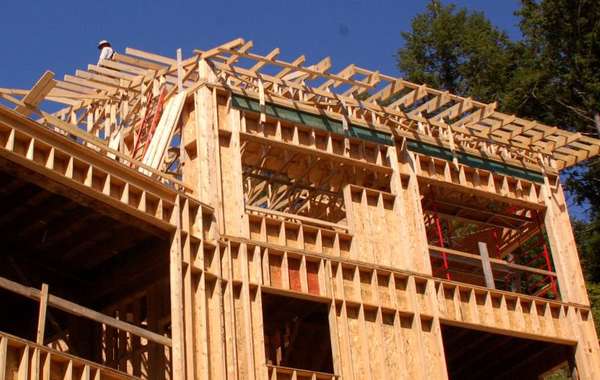
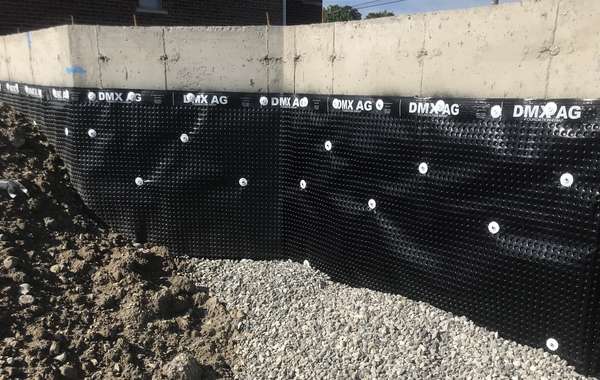
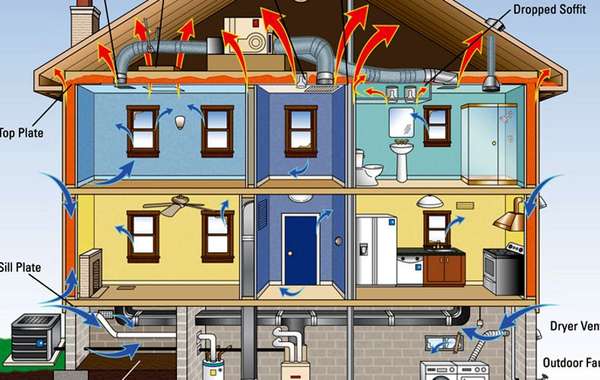
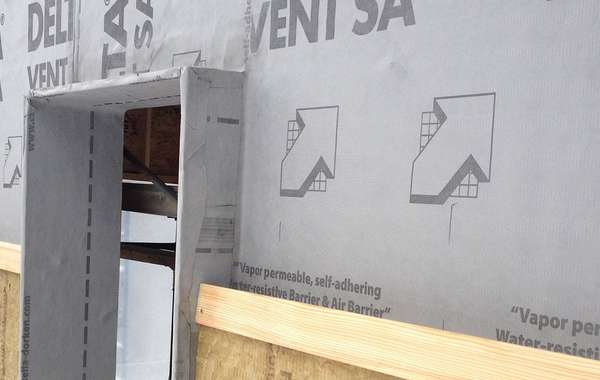
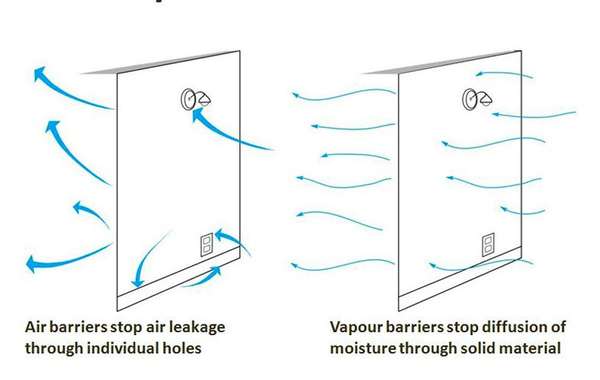
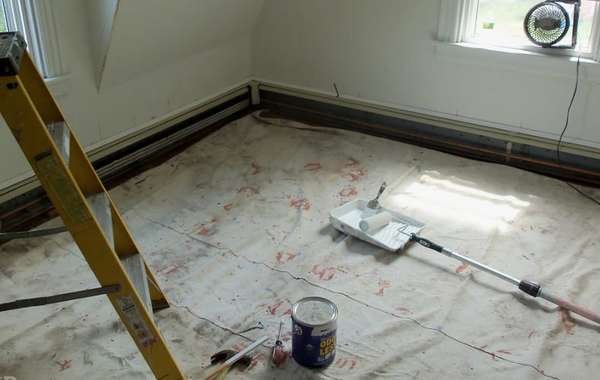
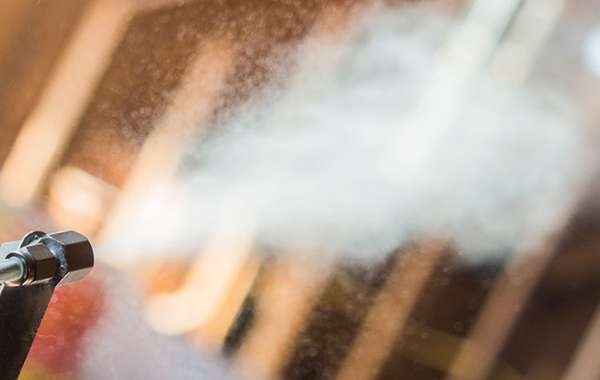
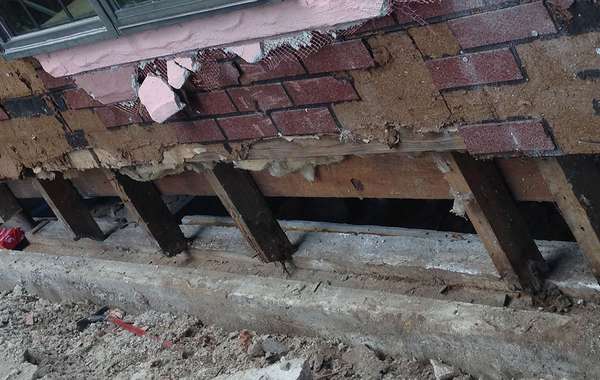
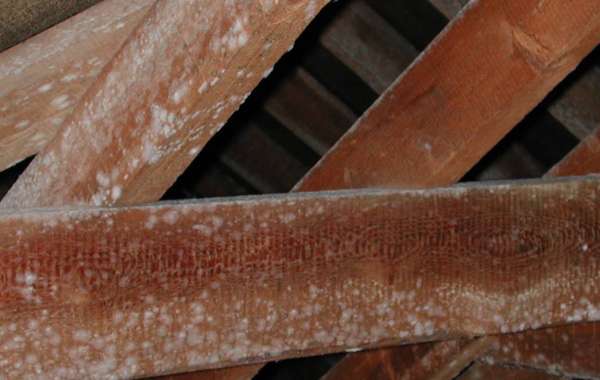

I am looking for specific information about building the best wall for a home with an indoor pool. -30c in winters, +30s in summers. Would it still be this way?? How would we change it so the pool evaporation inside doesnt mold the entire house?
I have been searching your site for this info but so far havent come up with a solution. New to this.
Thanks!